The Secret Hacks for Clean Dog Ears
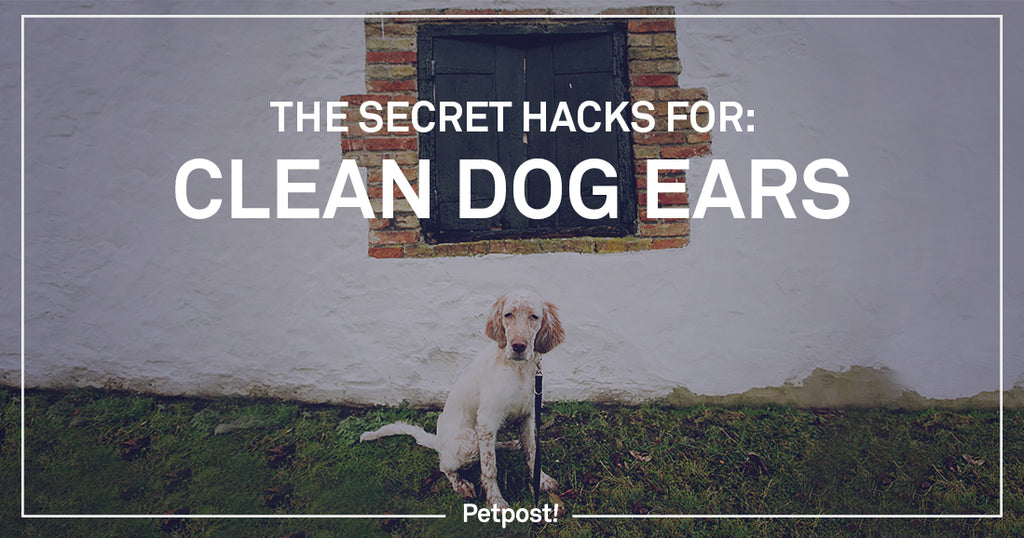
Let’s face it—even the most loving, adorable dogs can be uncomfortable or at least hesitant when it comes to ear cleaning time (“Come back here, Coco! One last wipe I promise! Coco!”). Save the times that the good ole’ vet had it done professionally at the clinic, or those occasional trips to the grooming center, you’re pretty much in charge of this chore as your canine buddy’s human. But fret not—the way to clean dog ears is paved with great effective life hacks, and we’re here to share it with you.
Changing the Mindset
If you’re familiar with how Barney dislikes ear cleaning time, there are a few tricks that you can use to get him to be agreeable throughout the whole process—and maybe even get him to like it!
First, make the activity a fun and rewarding experience. The sight of cotton balls and your ear cleaning fluid on the side table may already be giving your pooch clues as to what’s to come.
This is called association. Your tools are his cues to knowing what will happen next (ergo the running around and hiding under the sofa), based on past episodes of ear cleaning using the same tools.
Don’t be discouraged—you can use the same concept to your advantage! One thing you can do to turn things around is allowing him to associate ear cleaning with something positive—something he really, really likes. High value treats (the super yummy ones that he doesn’t get a lot) can be your secret weapon to doing this. Have him see and smell the food reward near your grooming tools, and give him a bit or two while wiping and clearing out his flops. This may be a two-person job at first, but with the right timing and hand-eye coordination (don’t let him steal the chows!), he’ll start looking forward to having his ears cleaned.
Be Sensitive About His Sensitive Ears
Pooches have very deep ear canals that are positioned into a right angle, so it’s very easy to get dirt in, but very hard to get out. The same applies to water for swimming canines, making them more vulnerable to fungal and bacterial infections when water get stagnant inside.
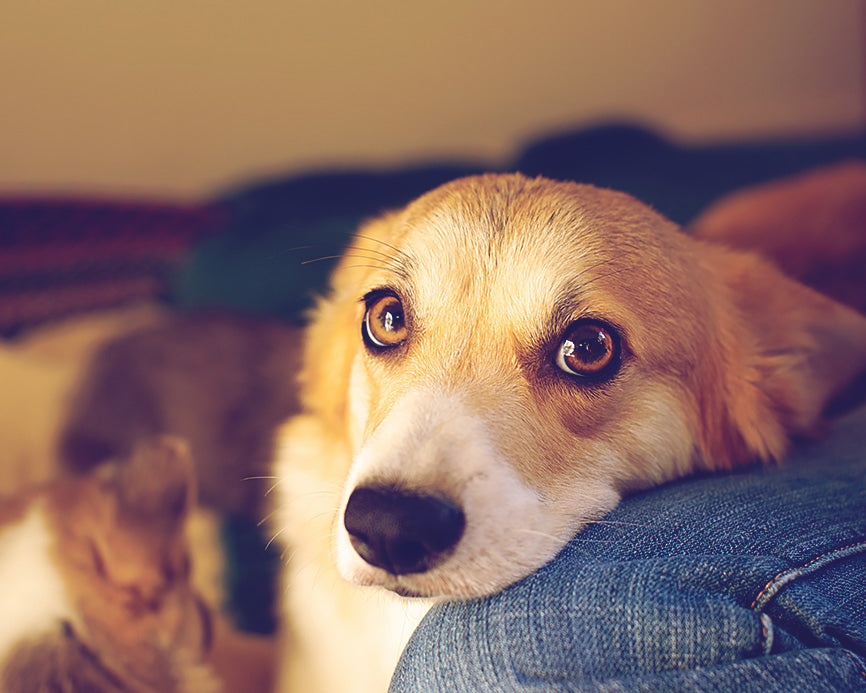
Whether they’re erect, pointed, round, floppy, or droopy, regular cleaning is a must, especially if your dog is susceptible to allergic reactions to food or irritants and prone to infection. But whatever the shape or size, doggie ears are always, always sensitive.
So what tools do you need for such a delicate process? Here are some surefire tips:
- Never use cotton buds! Not only are they too small to be effective in cleaning the entire ear (talk about wastage), poking your pup’s sensitive ear canal is a risk you don’t want to take. It can also push the debris, dirt, and foreign material further down the canal instead of getting it out. You can use cotton balls, or tightly-pressed cotton pads.
- One great hack: Use a regular gauze pad and wrap it around your finger! This provides superb yet gentle traction on the skin and more control.
- Avoid anything with alcohol, bleach or antibiotics. Any of these ingredients in products that surprisingly make it to the market may cause more irritation, inflammation, and pain, especially if you’re not aware of scratches or reddening in Fido’s ear (Ever tried pouring alcohol on a wound in your ear? Didn’t think so). Antibiotics can also harm your dog if administered unnecessarily.
-
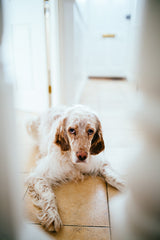 Natural IS effective! Some may think pumping an ear cleaner full of chemicals and other questionable ingredients makes it effective (Say what?). Going natural is the real safe and reliable way to clean dog ears—and healthy dog ears. Look for a great ear cleanser that consists of things that you can understand and read—like coconut oil! Not only does this superfood great as an oral supplement, it’s also an exceptional component for ear cleansers—with its antibacterial, antifungal, soothing, and moisturizing properties, you can’t go wrong with any product that boasts coconut oil.
Natural IS effective! Some may think pumping an ear cleaner full of chemicals and other questionable ingredients makes it effective (Say what?). Going natural is the real safe and reliable way to clean dog ears—and healthy dog ears. Look for a great ear cleanser that consists of things that you can understand and read—like coconut oil! Not only does this superfood great as an oral supplement, it’s also an exceptional component for ear cleansers—with its antibacterial, antifungal, soothing, and moisturizing properties, you can’t go wrong with any product that boasts coconut oil.
- Work your way in, but proceed with caution. The best way to work your way into cleaning your pooch’s ears is using a cleanser with a specially-designed nozzle tip. It shouldn’t be sharp, and should be thin and long enough to get into the ear without touching the canals (that would HURT). Squeeze a few drops in, according to product instructions, then massage the base of the ears to distribute the fluid and loosen the wax and debris.
Take your gauze-wrapped finger, and gently wipe the outer part of the ear, working your way in. Remember not to poke to deeply—you can hurt your dog and damage his ear drums, for one.
As with your other wellness and hygiene routines with your furry friend, consistency is key to clean dog ears—but don’t overdo it! Ask you favorite veterinarian how often you should cleanse Brownie’s ears—every dog is a different case.
Be vigilant about observing your pooch’s listeners, too—watch out for the following as they may mean he has a more serious ear issue and may warrant a visit to the clinic:
- Bleeding
- Oozing discharge
- Foul smell
- Flakes or dry skin
- Tender, swollen, red ears
- Pain when touched (your dog will turn away or yelp if you touch a painful spot)
How does your fur baby take your regular ear cleaning habit? Tell us your grooming stories in the comments section!
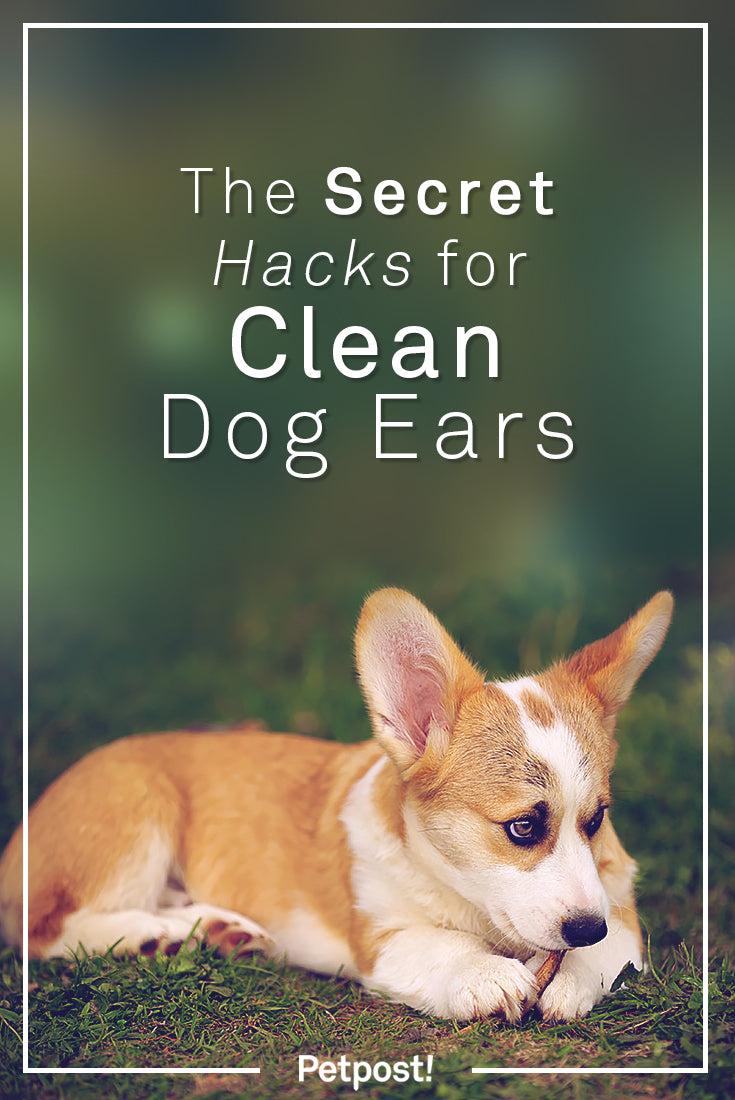

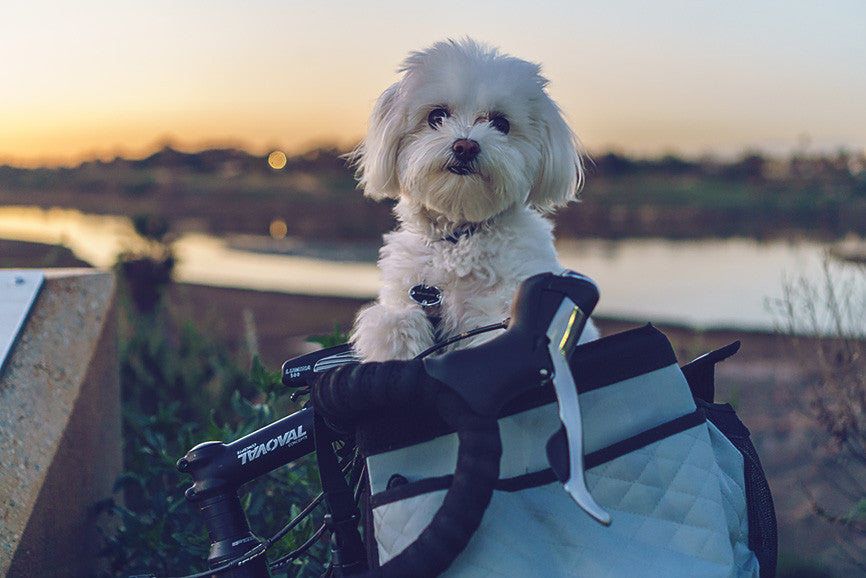
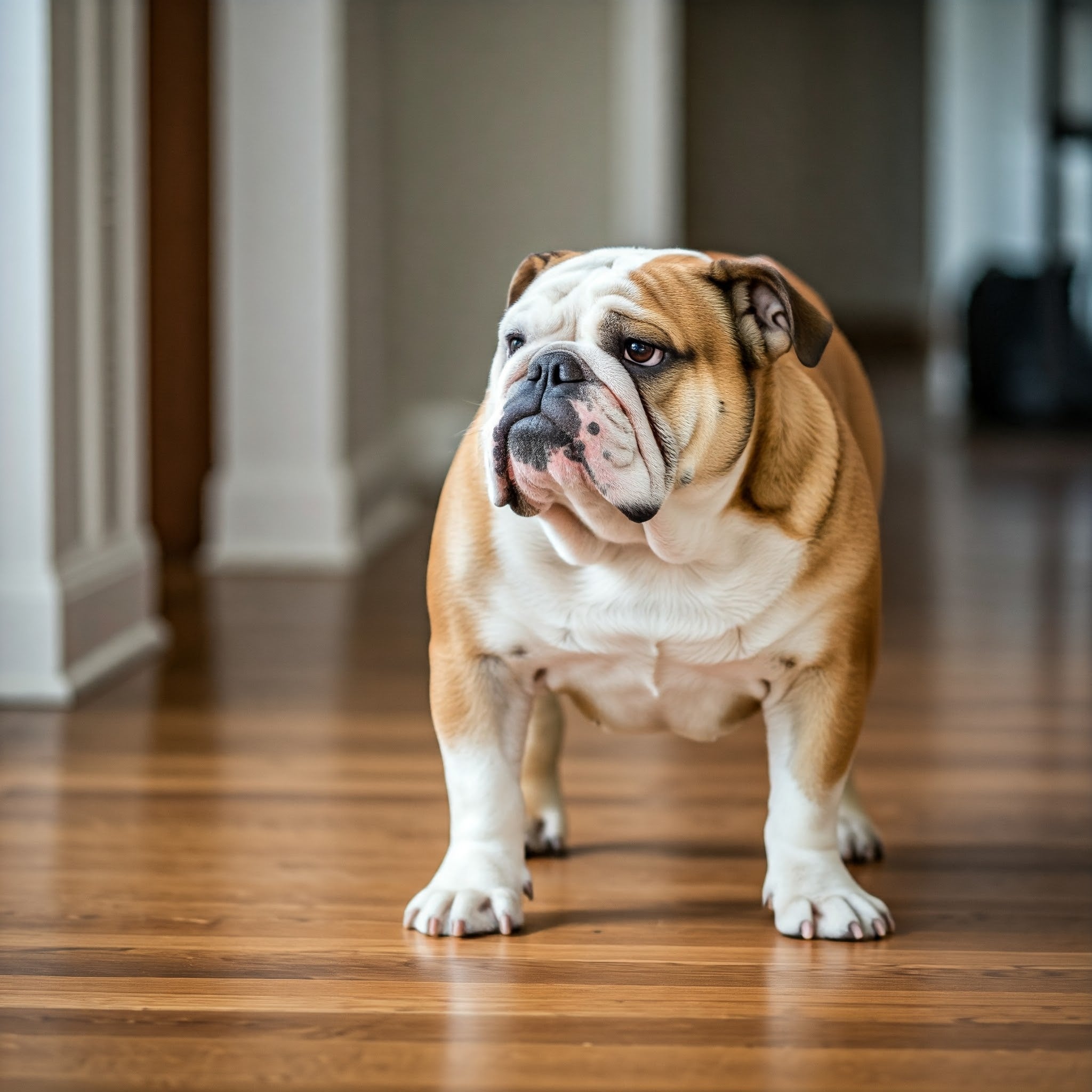
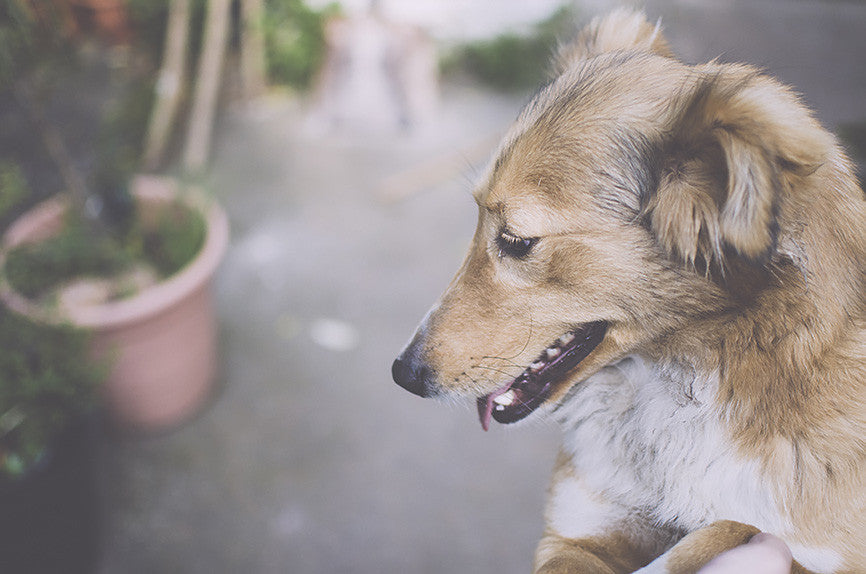
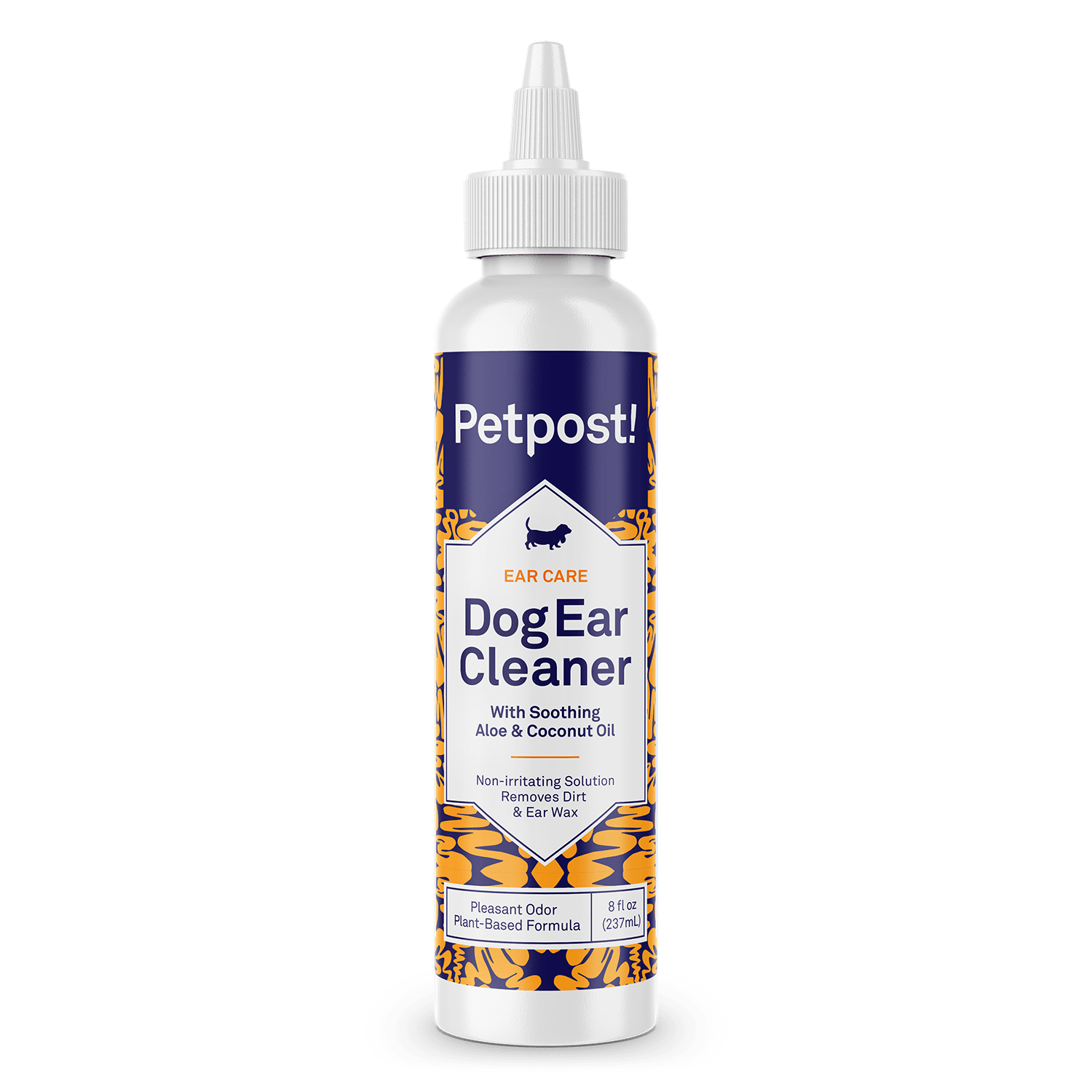
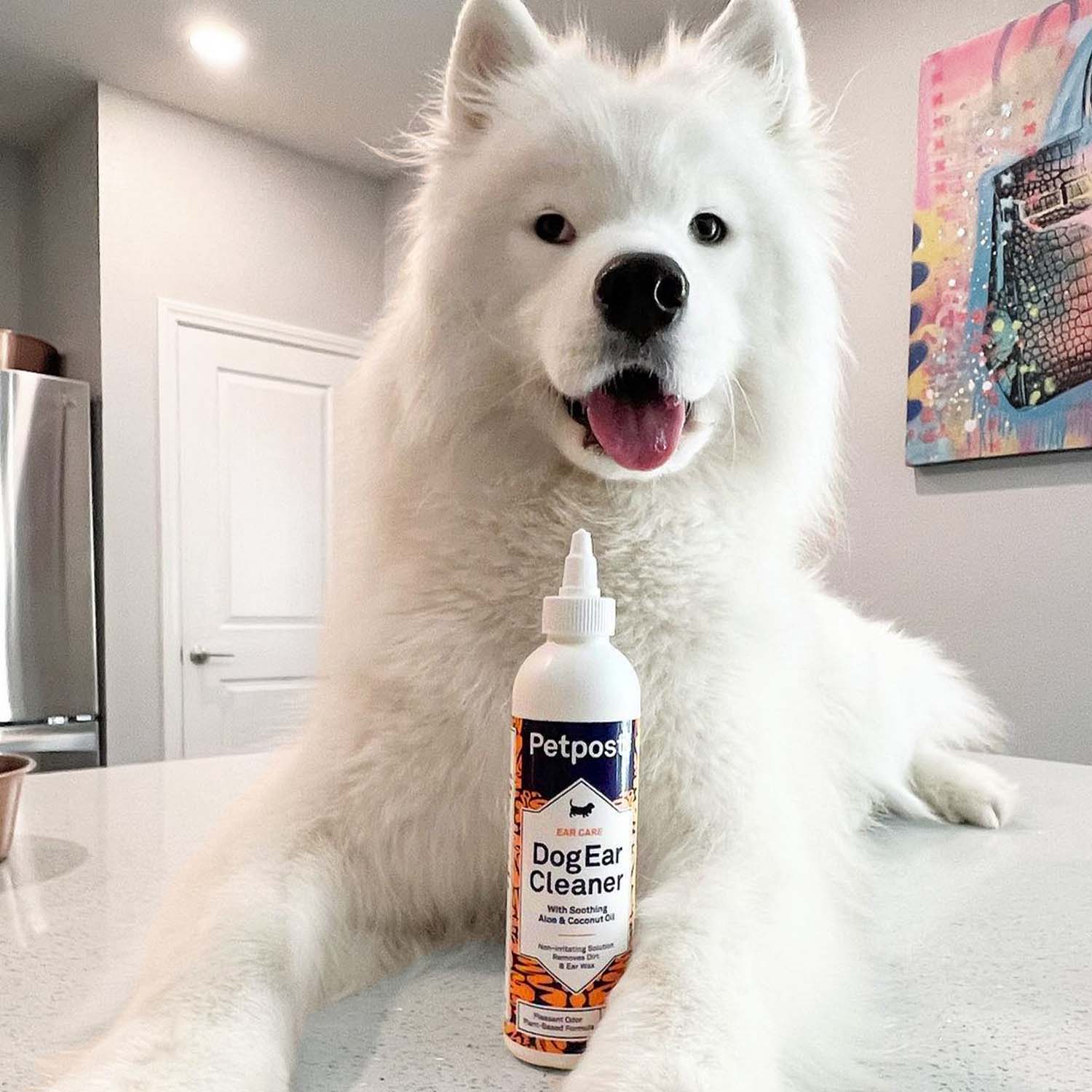
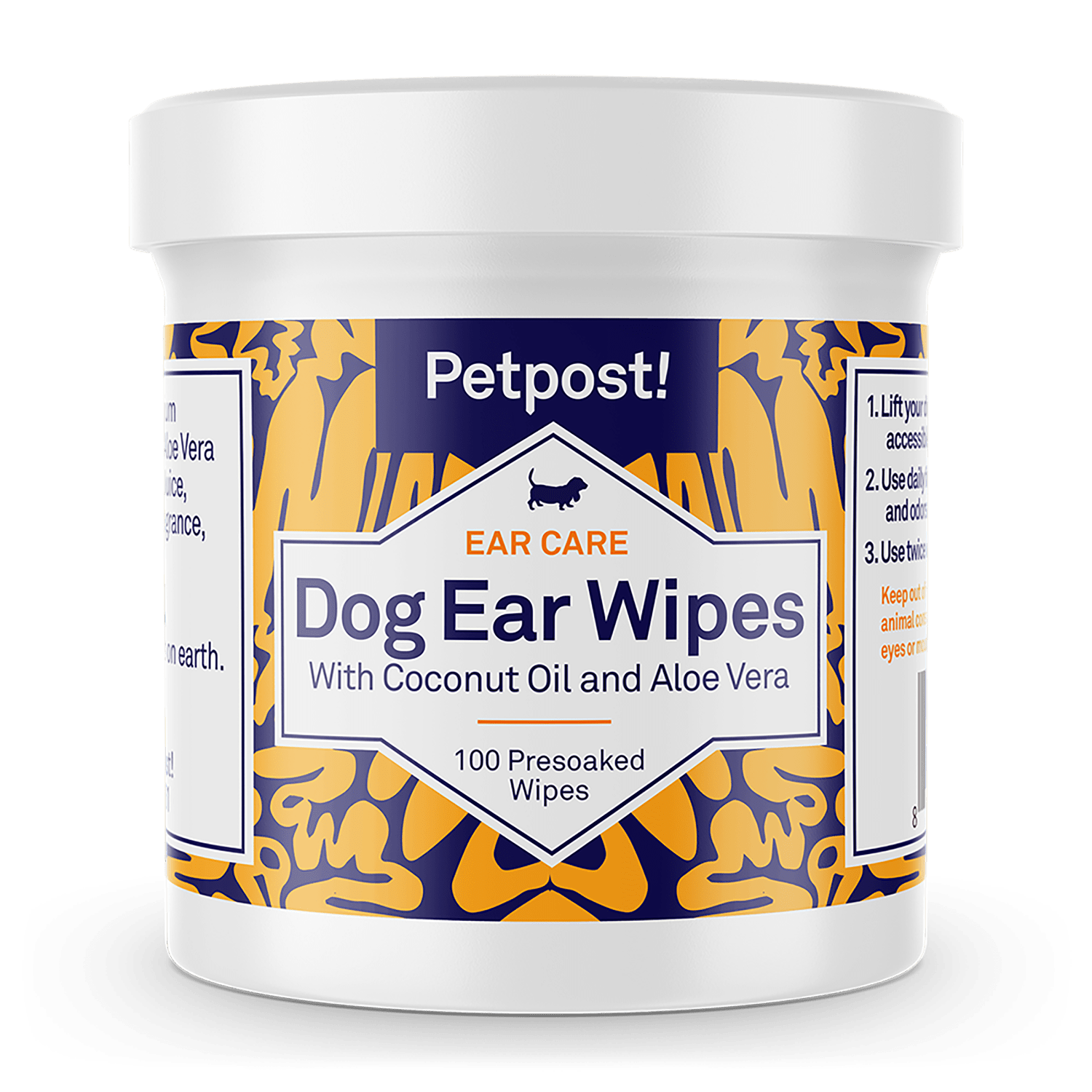
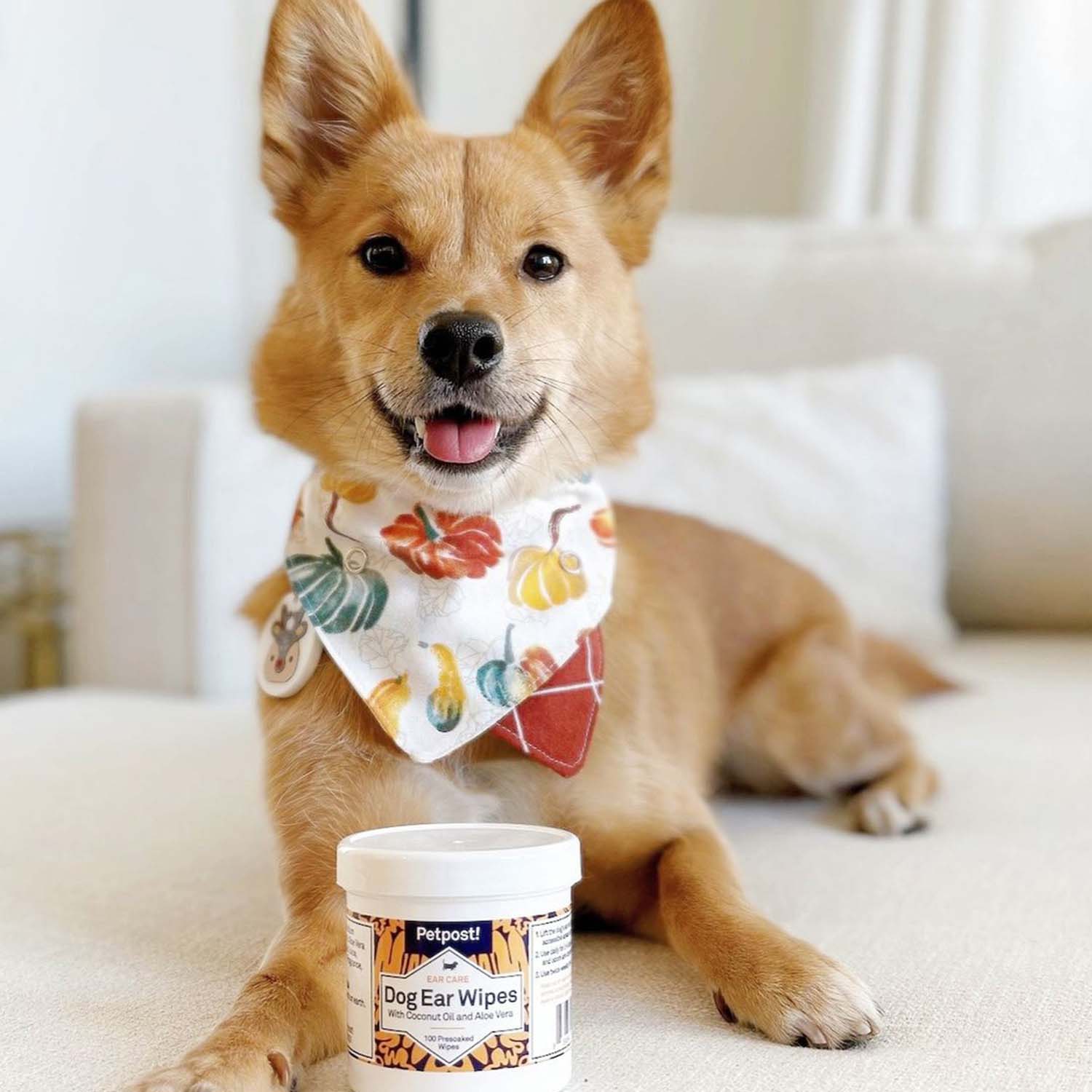
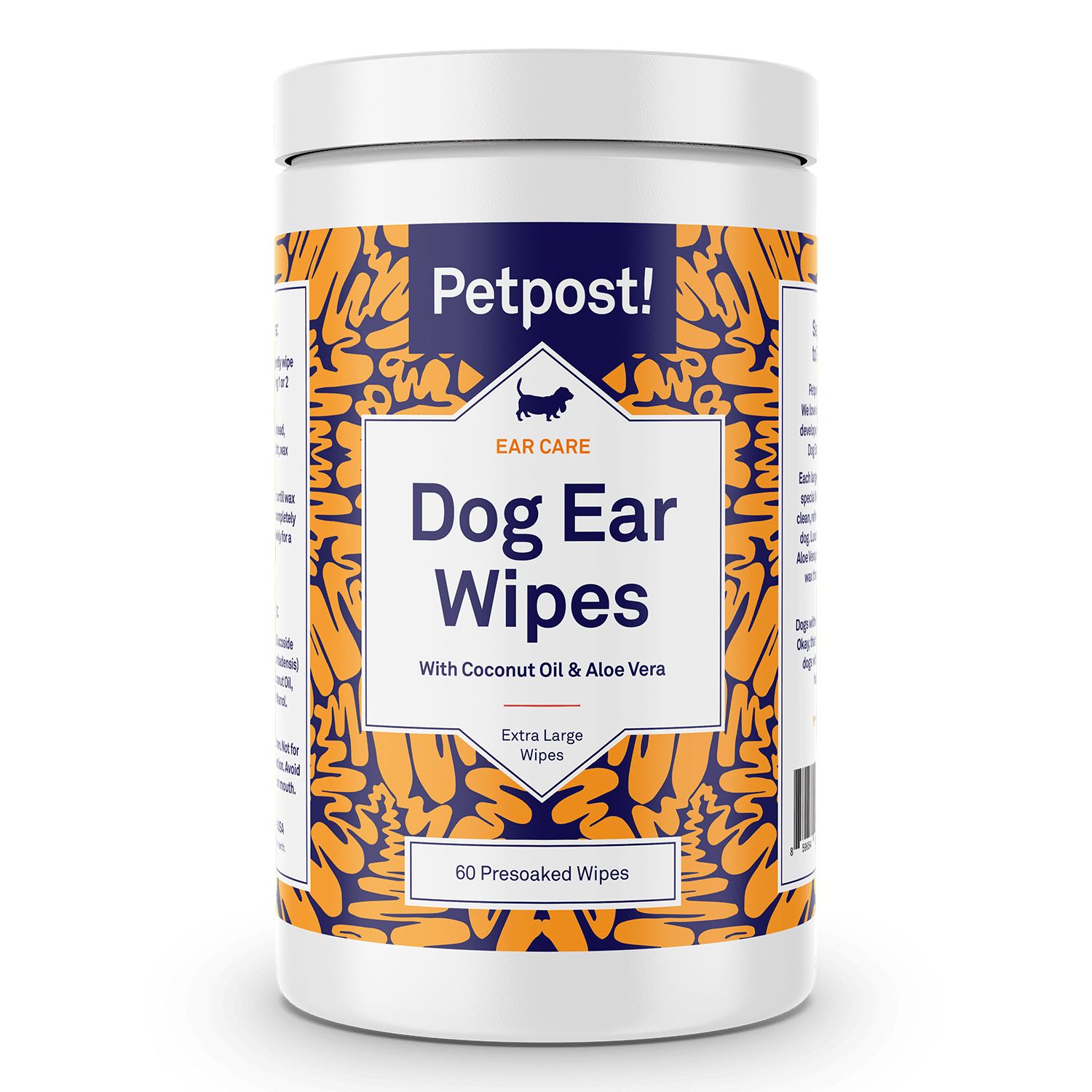
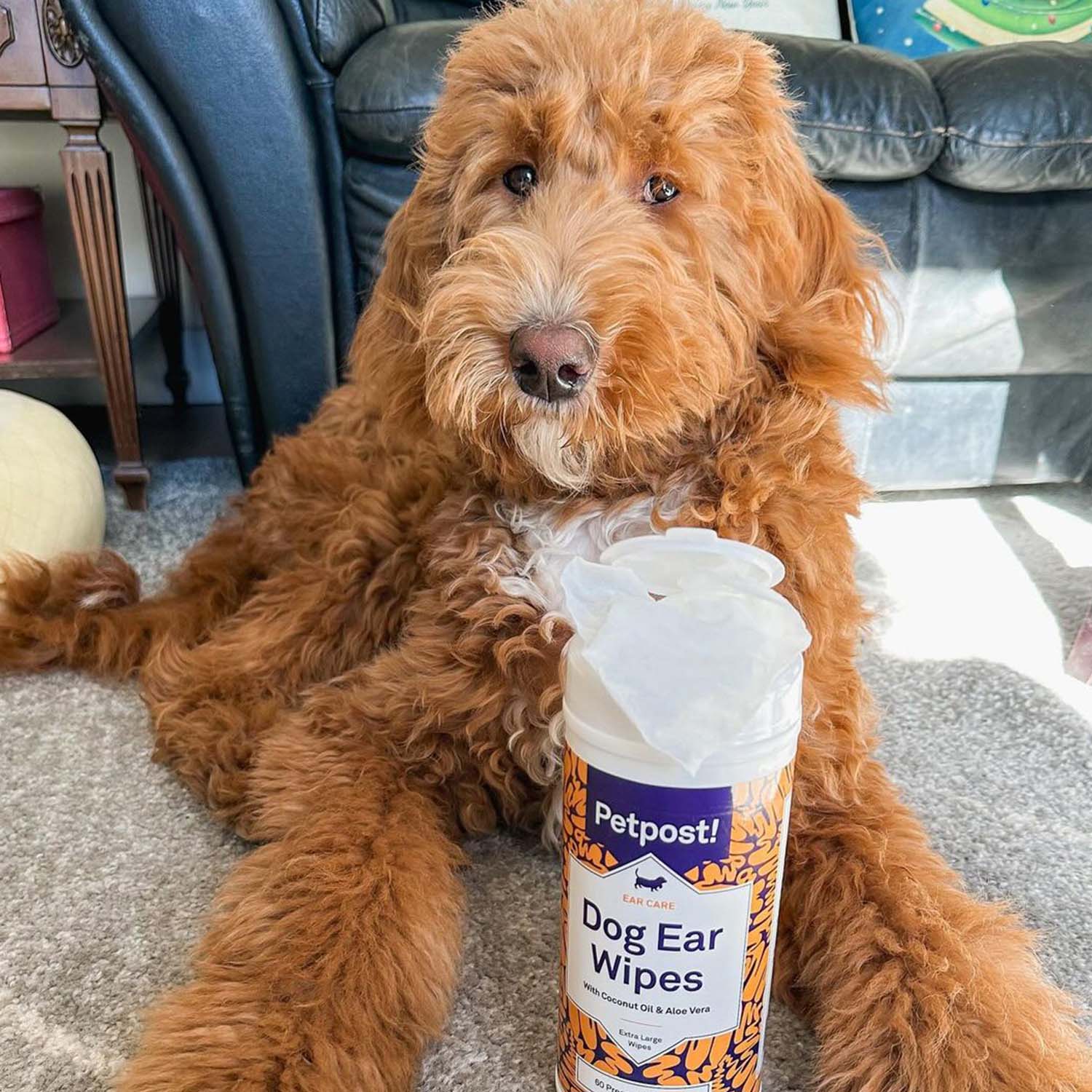
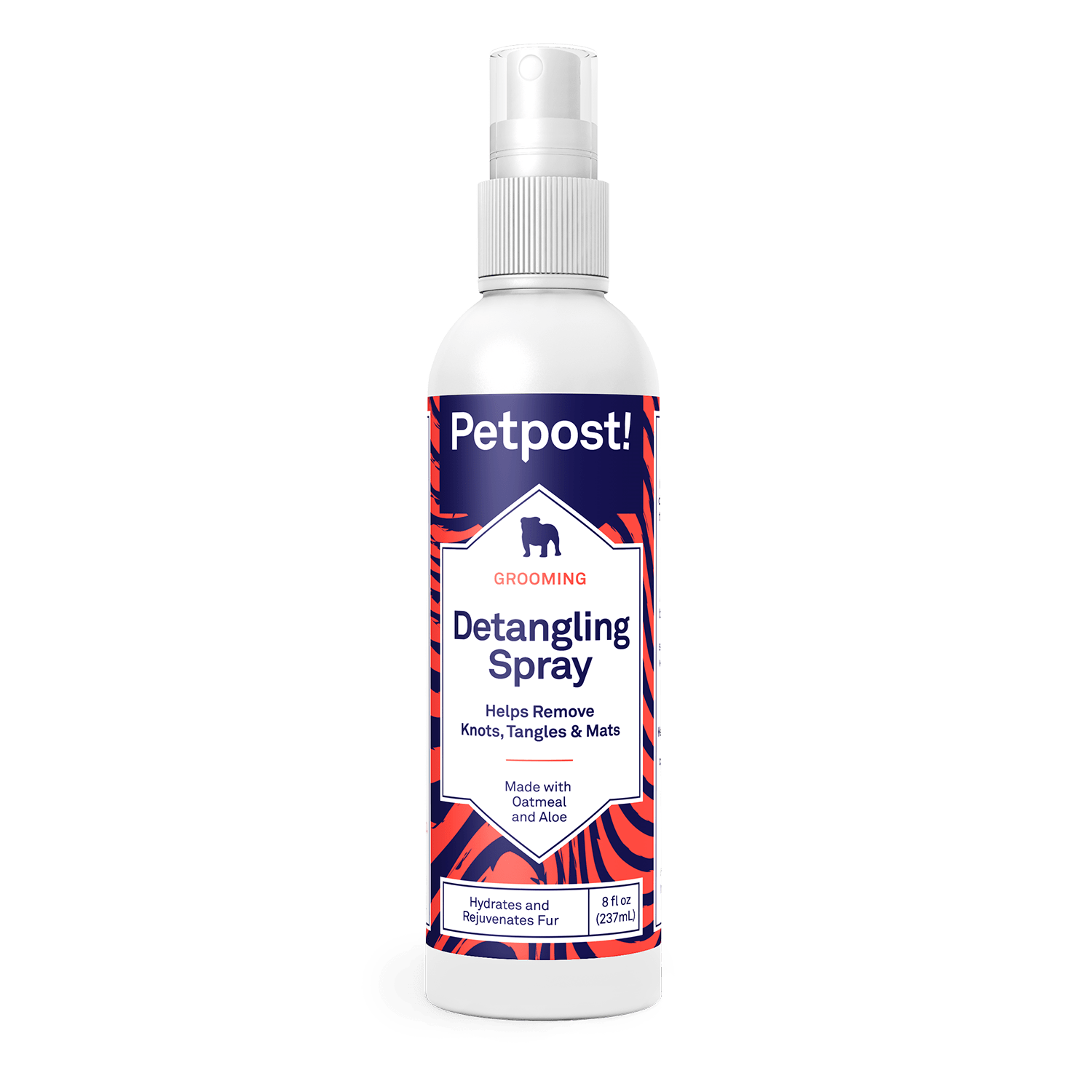
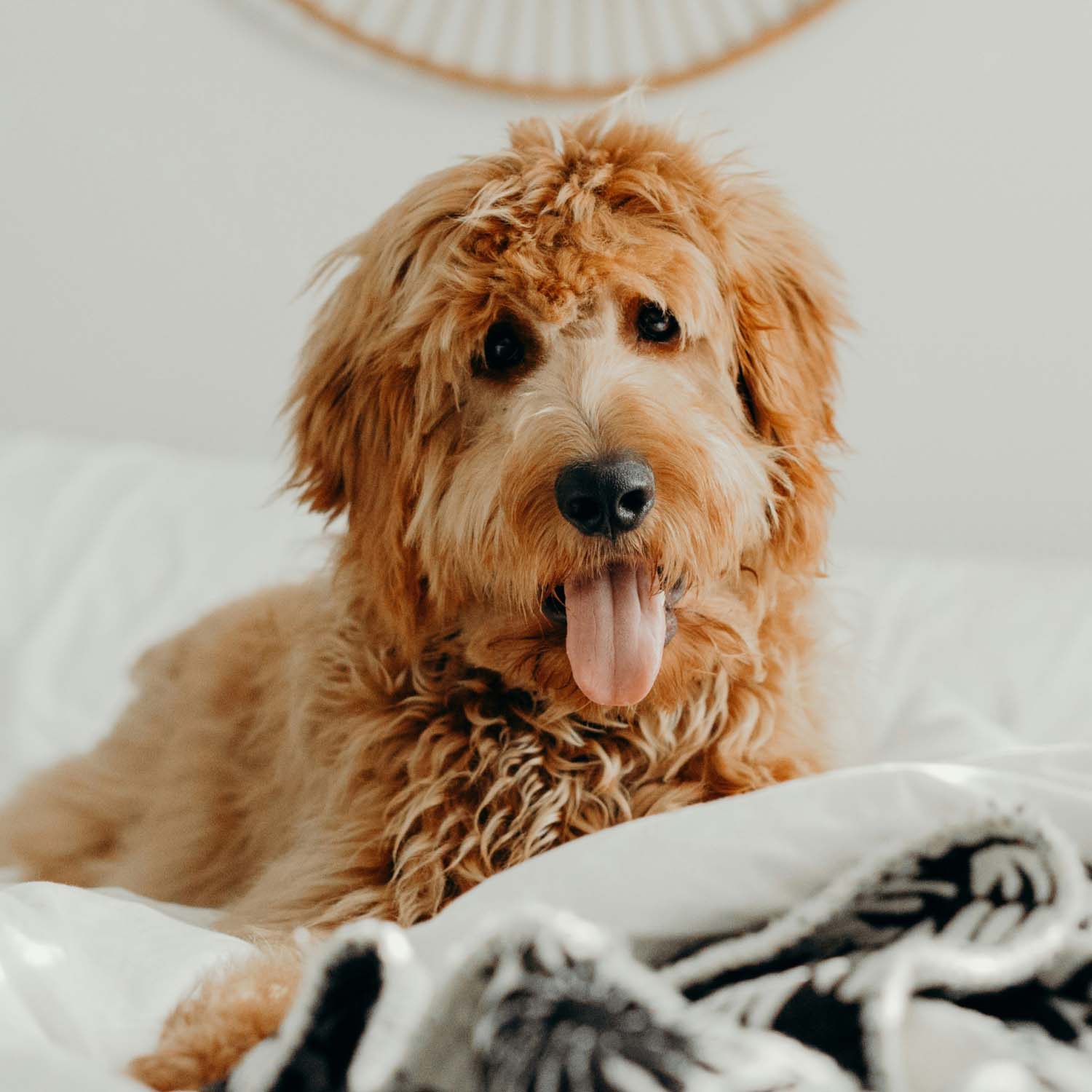
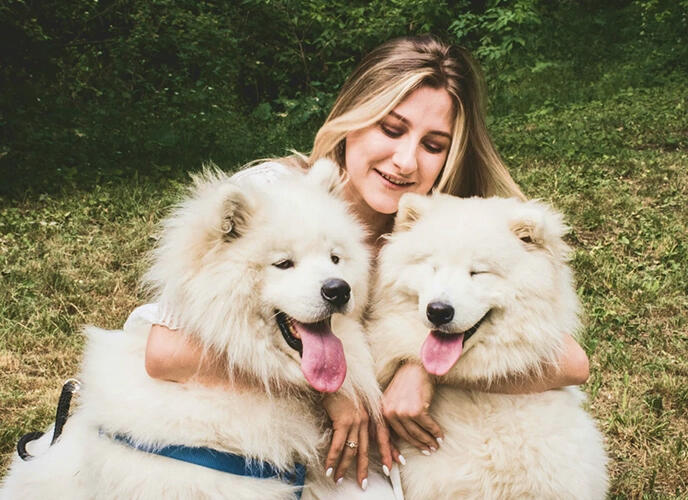
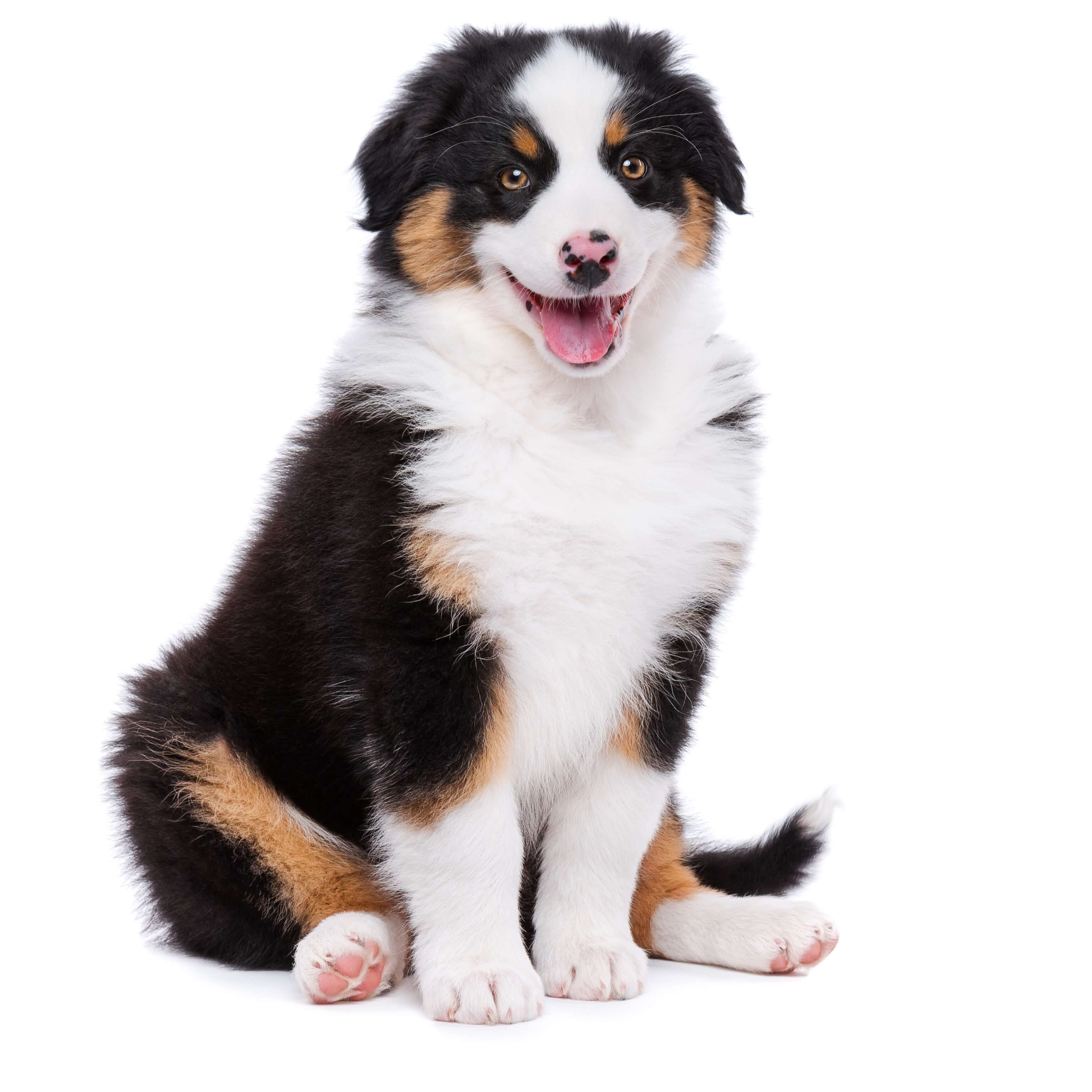
Comments